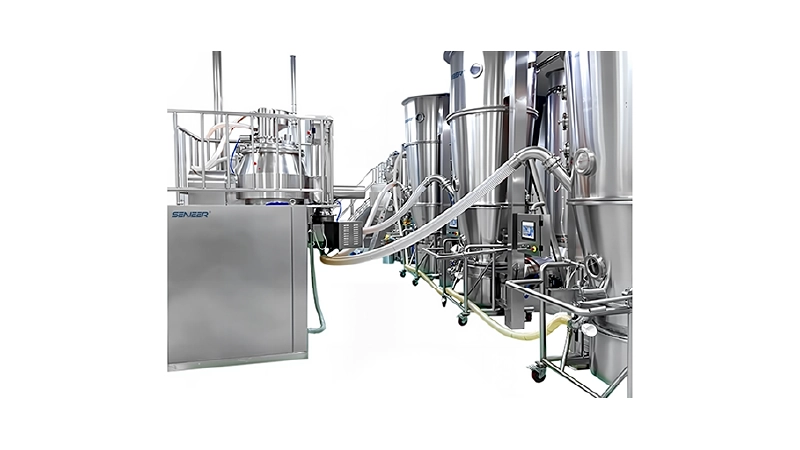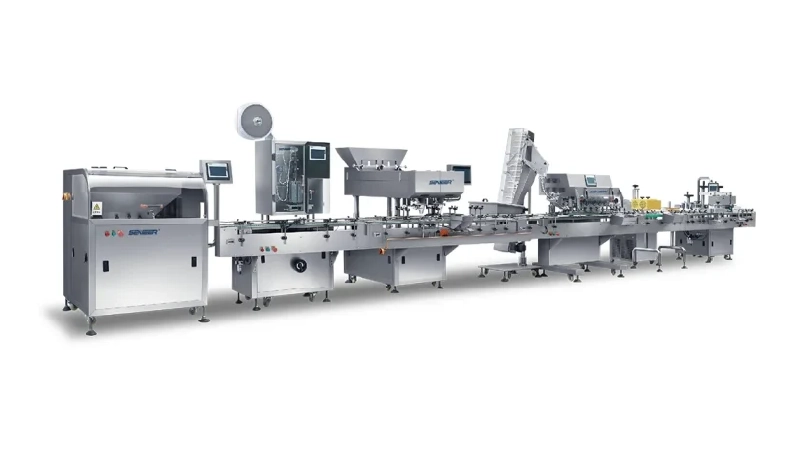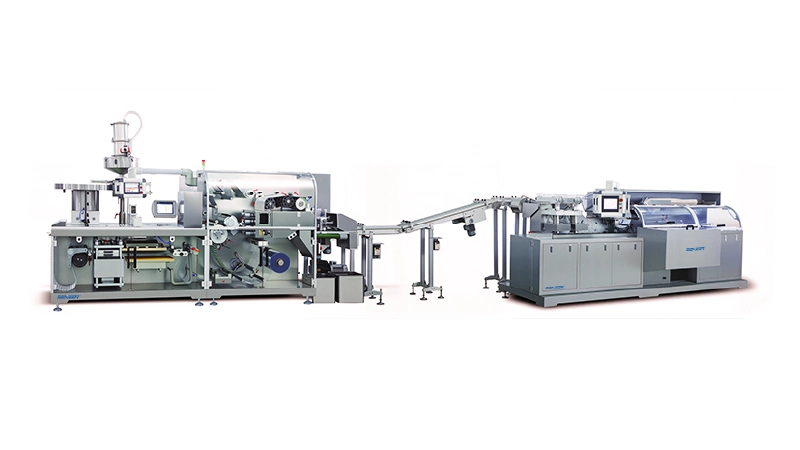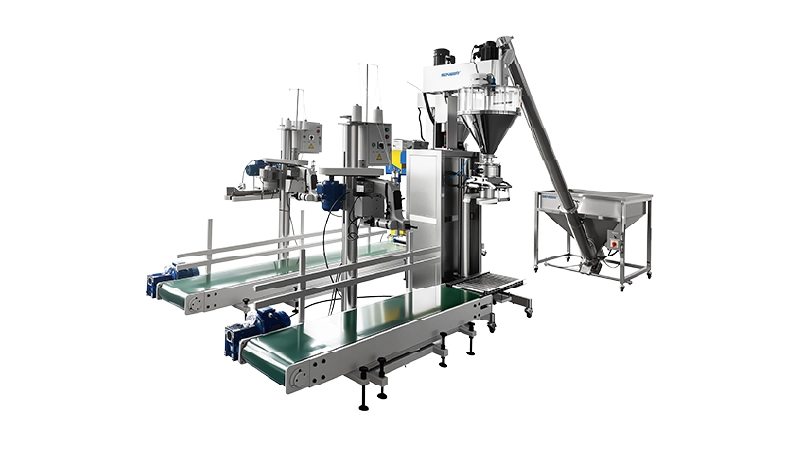Dry granulation is a method in which drugs and excipient powders are evenly mixed, extruded under a certain pressure into lumps and flakes with a certain hardness, and then passed through a sieve to make granules. This method relies on compressive force to generate binding force between particles. If necessary, dry binder can be added to increase the binding force between particles. Dry granulation is suitable for heat-sensitive materials, drugs that are easy to decompose when exposed to water, and materials that are easy to be compressed and formed. This process has been widely used in solid preparations. It is a relatively mature granulation technology in China. Compared with wet granulation, it is not Adhesives need to be added without wetting, mixing and drying, etc. It has the advantages of simple process and easy operation.
Dry granulation process: After mixing the materials according to the mixing process, they are added to the hopper of the dry granulator, and fed between the two pressure rollers through the screw rod, and the speed of the pressure rollers is set to achieve continuous feeding and discharge. The pressure of the roller makes the flakes shape, and finally the formed flakes are sheared and pulverized, and passed through a sieve for granulation to obtain dry granules.
The gap range of the pressing roller also determines the thickness of the sheet, and the adjustment of the sheet thickness usually forms a dynamic change process with the rotation speed of the screw feeding, the rotating speed of the pressing roller, and the forming pressure.
The principle of dry granulator can be divided into horizontal feeding dry granulator and vertical feeding dry granulator. At present, horizontal feeding dry granulator is more commonly used. Compared with vertical feeding dry granulator, horizontal feeding dry granulator The machine can reduce the missed fine powder that has not been dry-pressed under the action of gravity, and improve the yield of granules, and the rolling area of the horizontal feeding dry press is separated from the granule feeding area, so that the fine powder that has not been dry-pressed can be collected and refilled The hopper is used for dry pressing to improve the efficiency of dry pressing, but the purpose of the dry pressing machines of the two principles is the same.
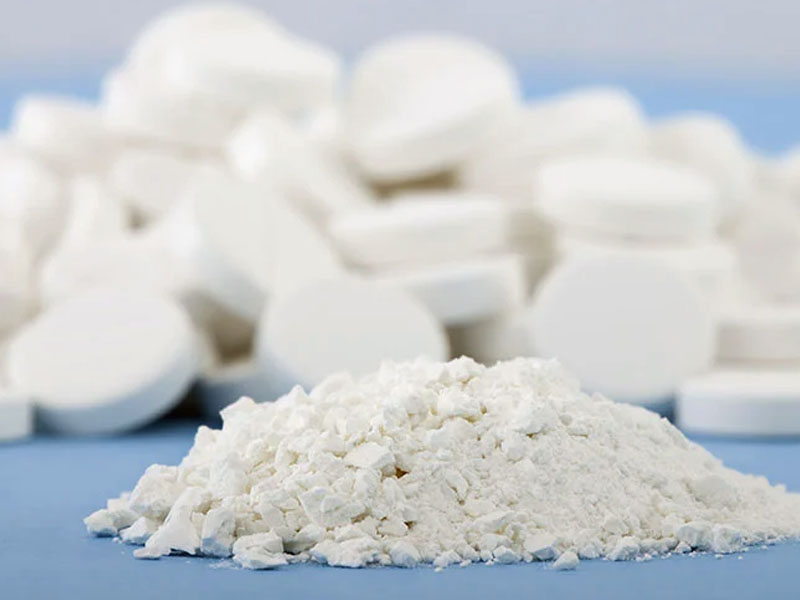
Dry granulation process inspection idea: After understanding the basic process flow and equipment principle of the dry press, the dry granulation parameters are inspected through a specific dry hair granulator.
The influence of various factors on the effect of dry granulation:
(1) Material powder characteristics: The powder characteristics of the material are determined by the prescription, that is, whether the raw and auxiliary materials of the material are suitable for dry granulation processing. Therefore, after the prescription inspection is completed, judge according to the compressibility and fluidity of the material. It is advisable to conduct parameter investigation after confirming the use of dry pressing process, or the original research manufacturer also adopts dry granulation process.
(2) Finished product particle size (0.2-2.0mm): The diameter of the sieve mesh of the granulator can determine the particle size of the finished product. The particles produced by the screen that is too large may be irregular, and the particles produced by the screen that is too small may be fine powder More, for materials with poor fluidity, it is not suitable to choose a smaller screen. A screen aperture that is too large or too small will adversely affect the final particle properties.
(3) Roller pressure (≤160bar): refers to the force exerted by the two rollers on the material, which directly affects the compactness of the material and also affects the hardness of the flakes. It is a key parameter to be investigated in dry-pressed granulation.
(4) Screw feeding speed (20-80rpm): The screw feeding speed is usually linked with other parameters. In the automatic mode of the equipment, it can be automatically adjusted according to the gap between the rollers. Therefore, it is not an independent key process parameter and no separate research is necessary.
(5) Roll speed (6-18rpm): The speed of the roll determines the residence time of the material in the rolling area between the rolls, directly affects the exclusion of air in the material, and also affects the compaction of the particles. , The roller speed will also affect the production efficiency of dry granulation. If the process is acceptable, a larger roller speed tends to be used to improve production efficiency.
(6) Roller gap: refers to the distance between two rollers at the closest point, which is closely related to the pressure on the material between the rollers and the amount of material passing through.
(7) Granulation speed (100-150rpm): The granulation speed affects the efficiency of granulation. In order to improve the efficiency in production and avoid the granulation process as a speed-limiting step, it can be set to 100-150rpm according to the actual situation of the equipment.
Through the evaluation of the influence of each factor, the key process parameters of the dry granulation process are: roller pressure (bar), roller gap (mm) and roller speed, among which the roller pressure has a key impact on the properties of the granules. Experimental design: First, inspect the pressure of the roller, and set up a single-factor investigation experiment according to the maximum pressure range (<160bar). Different pressures such as 20bar, 40bar, 70bar, and 100bar can be investigated respectively. The thickness and perceived hardness of the flakes obtained under different pressure parameters can be obtained through direct observation, but the information is limited. The difference can be more intuitively reflected by measuring the powder properties of the particles obtained by dry pressing. After all, a stable formulation process requires quantitative index control rather than experience. The obtained dry-pressed granules are continued to the next step of the process, and the differences in the properties of the granules can be brought out.
Under the same pressure conditions (20bar), the flowability of the powder can be improved by controlling the proportion of the fine powder through secondary dry pressing of the fine powder. When the dry pressing granulation pressure increases to 70bar or 120bar, the compressibility of the granules becomes significantly worse. , indicating that the particles are made too solid and hard, and the acceptable pressure range of the screening process is 20-70bar.
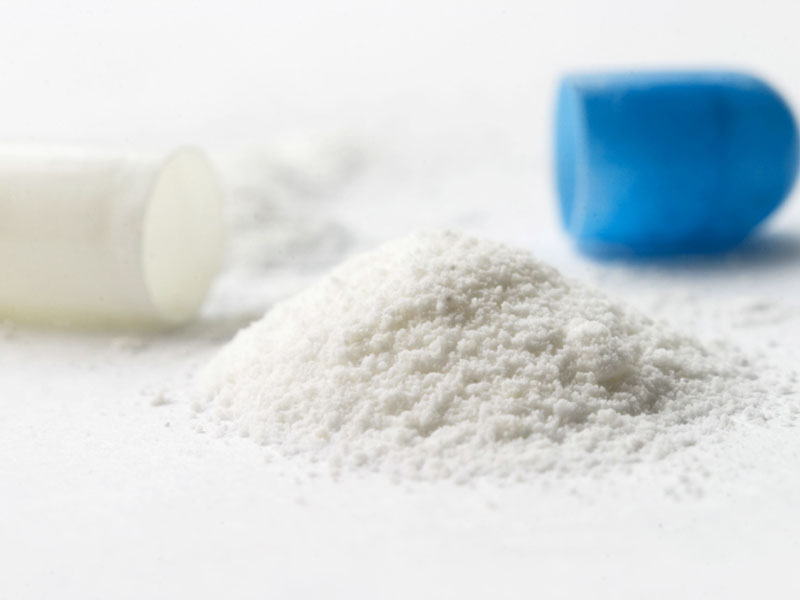
On the basis of the single factor investigation of pressure roller pressure, design factor test or orthogonal test, and the level of each factor is set according to the actual situation of the material.
According to the actual situation of tableting process or dissolution, set acceptable standards and screen out the parameter range of process variables.
After the parameter investigation of the small test is completed, the basis of the small test can provide data support for the scale-up of the pilot test. If the small test batch and the pilot test batch will use the same type of dry granulator, the scale-up of the batch is only to prolong the granulation time. The parameters can remain unchanged, and some granulation equipment has changed, and the high-risk factors of dry granulation will be re-researched based on risk assessment.
There is no corresponding relationship between the equipment parameters of the small test and the scale-up batch, but there is still a close relationship between the two, that is, the state of the prepared granules is consistent. Refer to the quantitative indicators of the small test granules to reversely investigate the dry granulation of the pilot test. parameters, which can avoid affecting other process steps due to large deviations in particle properties.






